How does legacy brand Smith & Wesson make their guns looks so good?
One of the primary goals of applying gun finishes is to protect a handgun against corrosion. Until recently, they often made guns out of stainless steel, or manufacturers blued the steel. Both can withstand everyday use and provide corrosion resistance.
Traditionally, bluing was the most popular finish. Manufacturers like Smith & Wesson are now using a wide range of modern coatings to enhance their firearms’ visual appeal and corrosion resistance. They have developed various techniques for applying different finishes to protect a gun’s metal components from wear and corrosion.
Black Oxide (Bluing)
The iron (or steel, an alloy of iron and carbon) components of a pistol can be “blued.” They submerge the gun parts in a boiling mixture of potassium nitrate, sodium hydroxide, and a water solution. During the process, a layer of dark iron oxide forms on the metal’s surface. Bluing is not that moisture resistant, so you have to coat blued steel with a lubricant (such as a good gun oil) to help prevent rust from developing.
Cold vs. Hot Bluing
Even though there are cold bluing techniques that do not need a boiling solution, the major gun manufacturers do not use them. Long-term use will gradually wear away either type of bluing. Although it is not a perfect fix, you can touch those areas with a cold bluing solution you can buy from many companies.
CERAKOTE Gun Finishes
Cerakote is a coating made up of polymer and ceramic that offers protection against corrosion and chemicals. Plus, it has exceptional abrasion and wear resistance. It is possible to apply Cerakote to most surfaces, like metal, plastic, and polymer. You can apply it to virtually any material used in making a handgun. Cerakote offers many colors, so you can customize your gun to look however you want. Smith and Wesson uses Cerakote on one of their M & P 9mm Shield models.
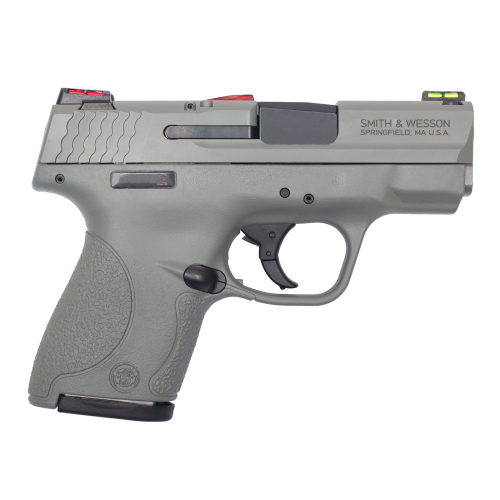
Armornite Gun Finishes
Armornite is an internal and external treatment based on nitride used by Smith and Wesson. It transforms the metal’s properties, making it tougher. Nitriding does not add a coating, so it does not add any thickness to the part. (Melonite was the previous name for this finish). This process results in better wear resistance and increased corrosion resistance in the finished product.
Smith & Wesson explains it as “Armornite® finish is a hardened nitride finish that provides enhanced corrosion resistance, greatly improved wear resistance, decreased surface roughness, reduced light reflection, and increased surface lubricity. Armornite is used on many Smith & Wesson and M&P products imparting a high level of protection internally and externally where applied.”
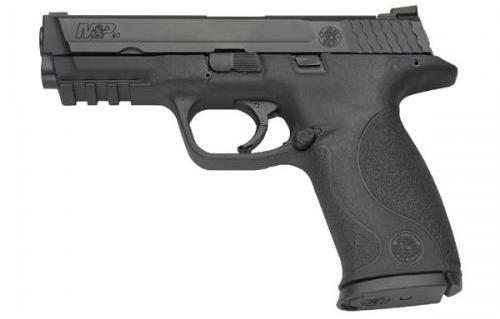
Stainless
The word “stainless” refers to a type of steel that is rust-resistant but not rust-proof, and you can leave it as is or treat it. Be careful since stainless steel will scratch if you polish it too roughly with a coarse abrasive or scrub pad. Stainless steel is a common material you will see polished and used in Smith and Wesson revolvers.
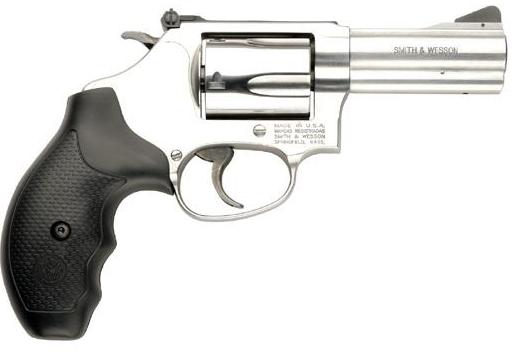
I see a gun as a tool that will get marks, and the finish will wear. How long it will last has a lot to do with how you care for your gun’s finish. The way I see it, those imperfections add character.
ABOUT THE AUTHOR:

Brian Armstrong grew up in a small farm town in rural Indiana and learned to shoot before he learned to drive. His career began as a firefighter and medic in Ft Wayne, IN. Throughout the years, he has owned multiple businesses, from construction to technology. His life has come full circle, and he is back to his emergency services roots, teaching emergency first aid and firearms courses.
Brian believes that the best way to learn “HOW” to do something is to first answer “WHY” you do something. He is an average guy with views like yours and is now sharing the knowledge gained from teaching, learning from others, and researching the topics you don’t have time to explore yourself. Follow him at @LetsTalkDGU
![]()
You may also enjoy these popular articles:
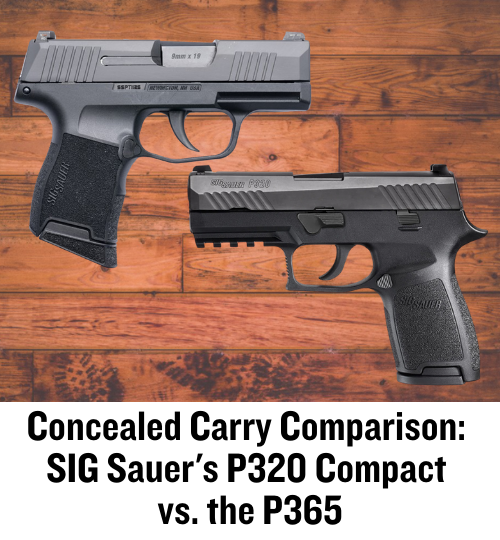


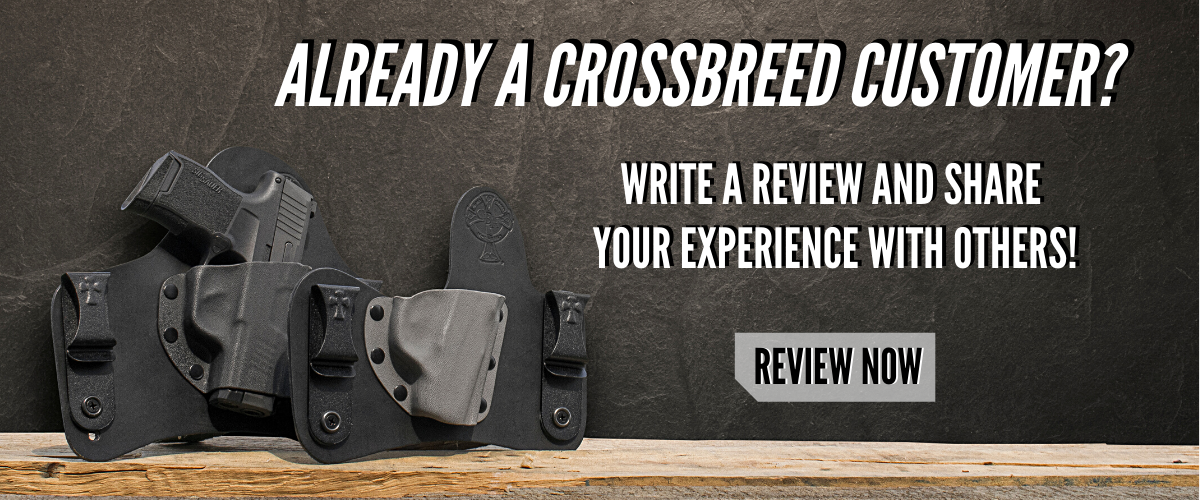
©MTC Holsters, LLC and CrossBreed Holsters Blog, 2022.
Unauthorized use and/or duplication of this material without express and written permission from this site’s author and/or owner is strictly prohibited. Excerpts and links may be used, provided that full and clear credit is given to Travis Pike and the CrossBreed Blog with appropriate and specific direction to the original content.
![]()



For the pass few months, my 9mm Smith and Wesson have began to rust on top all the way down to the front site ,it started before now , but it getting worse it like the metal never received the finished coat, this type metal should not rust.what can you help me with on this problem
My number is 713-732-4046 left a comment earlier today about this problem,my 9mm is rusting on top, been doing it little by little look like the Armornite finish was not applyied proper.can you help me with this claim